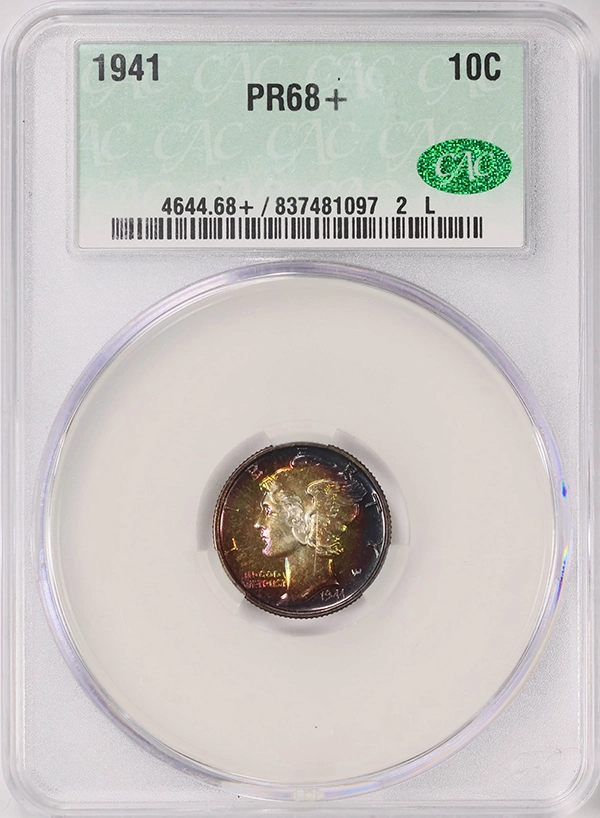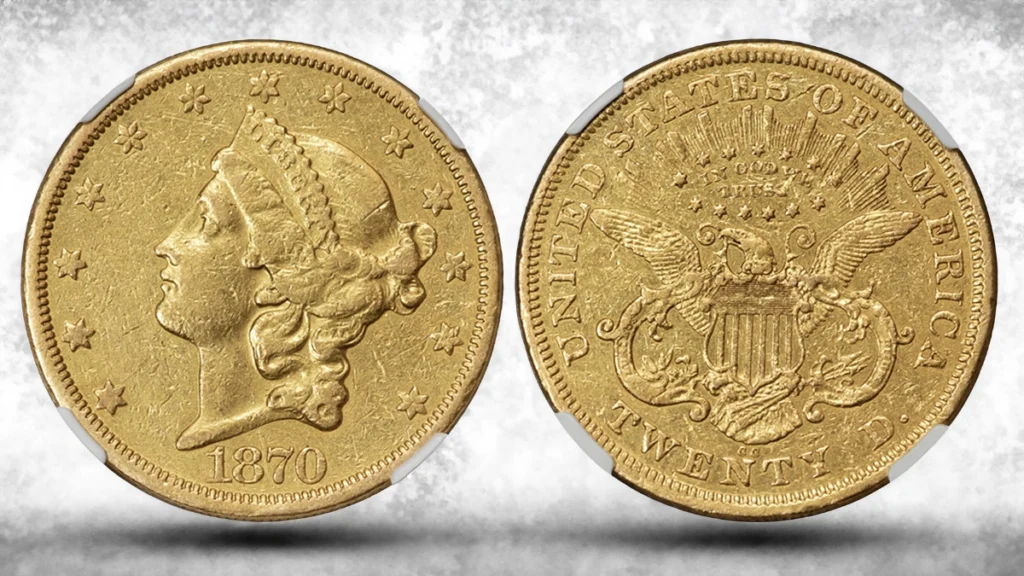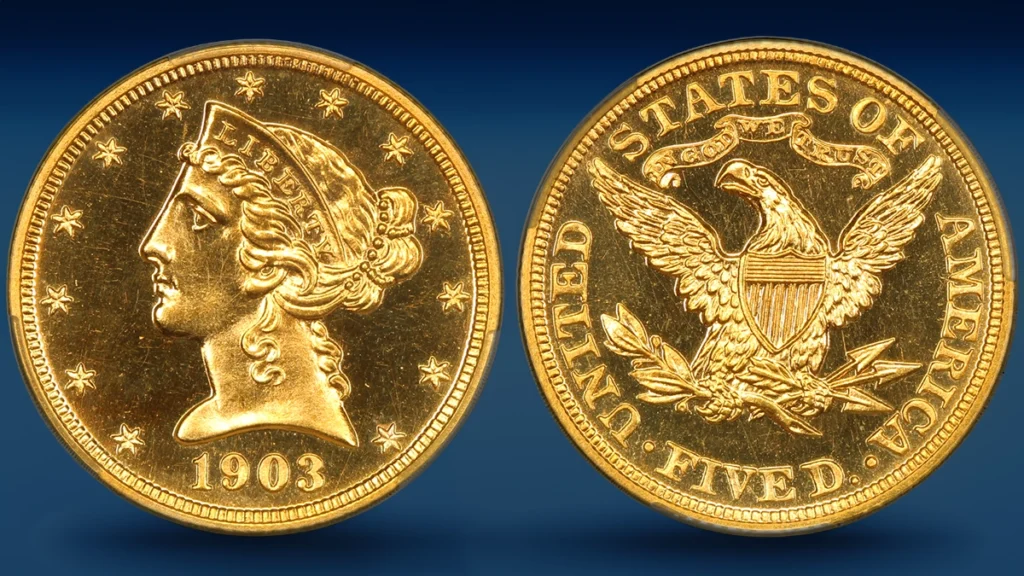The History and Significance of the 1880-S Morgan Dollar

The Bland-Allison Act mandated a new silver trade dollar to increase exports of American products. The new coin used only a small amount of silver.
The Mint Act of 1792 and Gresham’s Law indicated that the trade dollar and the Morgan dollar were minted together in an above-board manner. The act permitted an increase in coinage: 1,559,620 fine troy ounces of silver coin were now to be minted into currency in total of $7,312,000.
Newspapers relayed the specious arguments – reason – that silver would now have a guaranteed buyer in Washington. Charles Schurz supported the Coinage Act in the Senate but later changed his mind for political reasons. He was defeated by the Republicans, who were against the Act, and the Democrats, who were against Washington.
The Morgan dollar was minted after the Fourth Coinage Act in 1873. This act stopped the production of the Seated Liberty dollar design. After this change, the Morgan dollar was the first silver dollar to be minted. Because production ceased for some time, the United States needed help maintaining coinage laws in all parts of the country.
Silver miners with business connections to Nevada feared that the production of new silver dollars from the Bland-Allison Act would decrease the price of silver. The matter was already coming to a head, but the real crux came in the Coinage Act of 1873.
This bill allowed reduced quantities of silver to be used in the new trade dollar, produced primarily for the Chinese market. The Coinage Act of 1873 limited maximum production limits to prevent potential decreases in the price of gold.
Overview of the 1880-S Morgan Dollar
The mintage is understandable because a large quantity of silver was shipped to the San Francisco Mint during the early 1880s. Federal policies regarding the purchase, storage, and distribution of silver made it logical for miners in Nevada and adjacent states to send large quantities of silver to the San Francisco branch of the U.S.
Mint to be struck into silver dollars, the largest coin then regularly minted on a large scale in the United States. Although silver had depreciated, these 90% silver coins were mandated by statutes and legal tender.
Morgans were widely used in the robust trade between U.S. citizens and China. Surviving records denote that coins minted in Carson City, San Francisco, and other mints in the Western U.S. were transported through San Francisco.
The San Francisco Mint struck 8,900,000 1880-S Morgan Dollars. With one exception, this is by far the largest mintage of any Morgan Dollar.
Data from myriad populations indicate that at least 5,000,000 1880-S Morgans exist, probably a larger number. As many as ten million individual 1880-S Morgans could survive. Additionally, many have natural toning, and the typical 1880-S does not have especially noticeable contact marks. 1880-S Morgan Dollars are often pleasant to view and are prized by coin enthusiasts.
Importance of Grading
All else being equal, a dollar coin with a numerical adjectival designation at the end of the grade attracts more attention and dollars than one without that designation. Since 2005, this has resulted in premium values at auction and at dealer shops for most slots within the PCGS 69-70 grade range, for which one can find certified sales over their non-designated counterparts of the same grade.
It has been in about 10% of the 66 and 67-grade coins since 2005 and within the 68 grade since 2015. Before 2015, this premium was not seen for the 68-grade designation. Notable in its absence have been examples graded as Numismedia/PCGS MS69 CAC within the period graded. That being said, an about 2-x premium for a certified coin that displays CAC certification does provide some consoling reality.
Hundreds of thousands of 1880-S Morgan dollars were melted shortly after production, resulting in some GSA hoard coins being found in bag-mint state. However, not all mint-state coins from the date came from that hoard, and the issue is scarce today in mint-state.
It is plentiful in lower circulated grades. As with all Morgan dollar issues, the 1880s-S is popular with dollar collectors in the mint state, registered set participants spoiling for a challenge, and those who love original, lightly toned coins. As seen from the four major grading services, the 1880-S competes with several other issues for the overall mint state grade population.
As might be expected, grading is the key to what dollar examples one can afford, as seen by the price volatility at each grade level. The key to perfectly toned examples is not just colors but the color’s depth and location with the example’s design elements.










